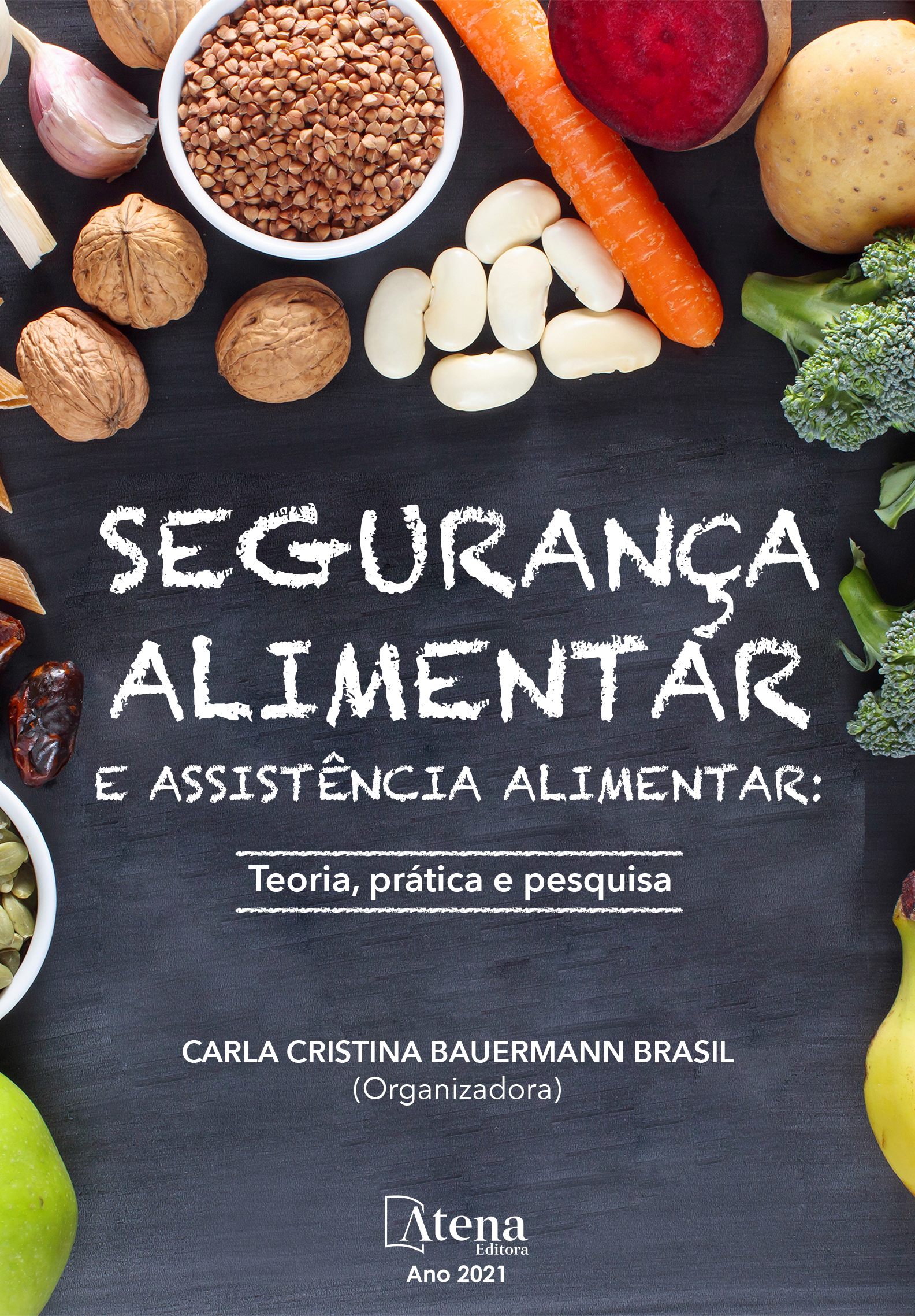
Elaboração de geleia com polpa de Araçá (Eugenia stipitata)
Elaboração da polpa de Araçá (Eugenia stipitata) possibilita, além da redução no desperdício, uma nova opção de ingrediente para o ramo alimentício com elevado valor nutricional. Sendo assim, o presente projeto teve como objetivo a elaboração de geleia com polpa de Araçá (Eugenia stipitata) e avaliar suas características físico-químicas do produto final. A polpa de araçá (Eugenia stipitata) foi processada em despolpadeira com tela de 1,6 mm de abertura. A polpa foi envasada em sacos de polietileno (PVC) e armazenada em freezer a –18°C. O valor de umidade médio encontrado neste trabalho para polpa do araçá-boi foi de 83,7%. O teor de umidade das três formulações variou de 27,76% (AC) a 38,58% (AD). A acidez encontrada na polpa foi de 9,24 g ácido cítrico/100g. O valor encontrado para cinzas no presente trabalho foi de 0,92 %. A concentração de açúcar utilizada seguiu a Resolução CNNPA nº 12 de 1978 (BRASIL, 1978), para geleia tipo extra, adicionando 50% de açúcar em relação ao peso da fruta. O araçá-boi é uma ótima fruta para se produzir geleias, por conta da sua acidez é difícil o consumo in natura, a geleia é uma ótima alternativa para introduzir está fruta ao mercado nacional.
Elaboração de geleia com polpa de Araçá (Eugenia stipitata)
-
DOI: 10.22533/at.ed.83621141010
-
Palavras-chave: Produto, geleia e processamento.
-
Keywords: Product, jelly and processing
-
Abstract:
Elaboration of Araçá pulp (Eugenia stipitata) allows, in addition to reducing waste, a new ingredient option for the food industry with high nutritional value. Therefore, this project aimed to prepare a jelly with Araçá pulp (Eugenia stipitata) and evaluate its physicochemical characteristics of the final product. The pulp of araçá (Eugenia stipitata) was processed in a pulper with a 1.6 mm screen. The pulp was packaged in polyethylene bags (PVC) and stored in a freezer at –18°C. The average moisture value found in this work for araçá-boi pulp was 83.7%. The moisture content of the three formulations ranged from 27.76% (AC) to 38.58% (AD). The acidity found in the pulp was 9.24 g citric acid/100g. The value found for ash in the present work was 0.92%. The sugar concentration used followed the CNNPA Resolution nº 12 of 1978 (BRASIL, 1978), for extra type jelly, adding 50% of sugar in relation to the fruit weight. The araçá-boi is a great fruit to produce jams, because of its acidity it is difficult to consume in natura, the jam is a great alternative to introduce this fruit to the national market.
-
Número de páginas: 10
- José Raniere Mazile Vidal Bezerra
- Caroline Weigert
- Ângela Moraes Teixeira


